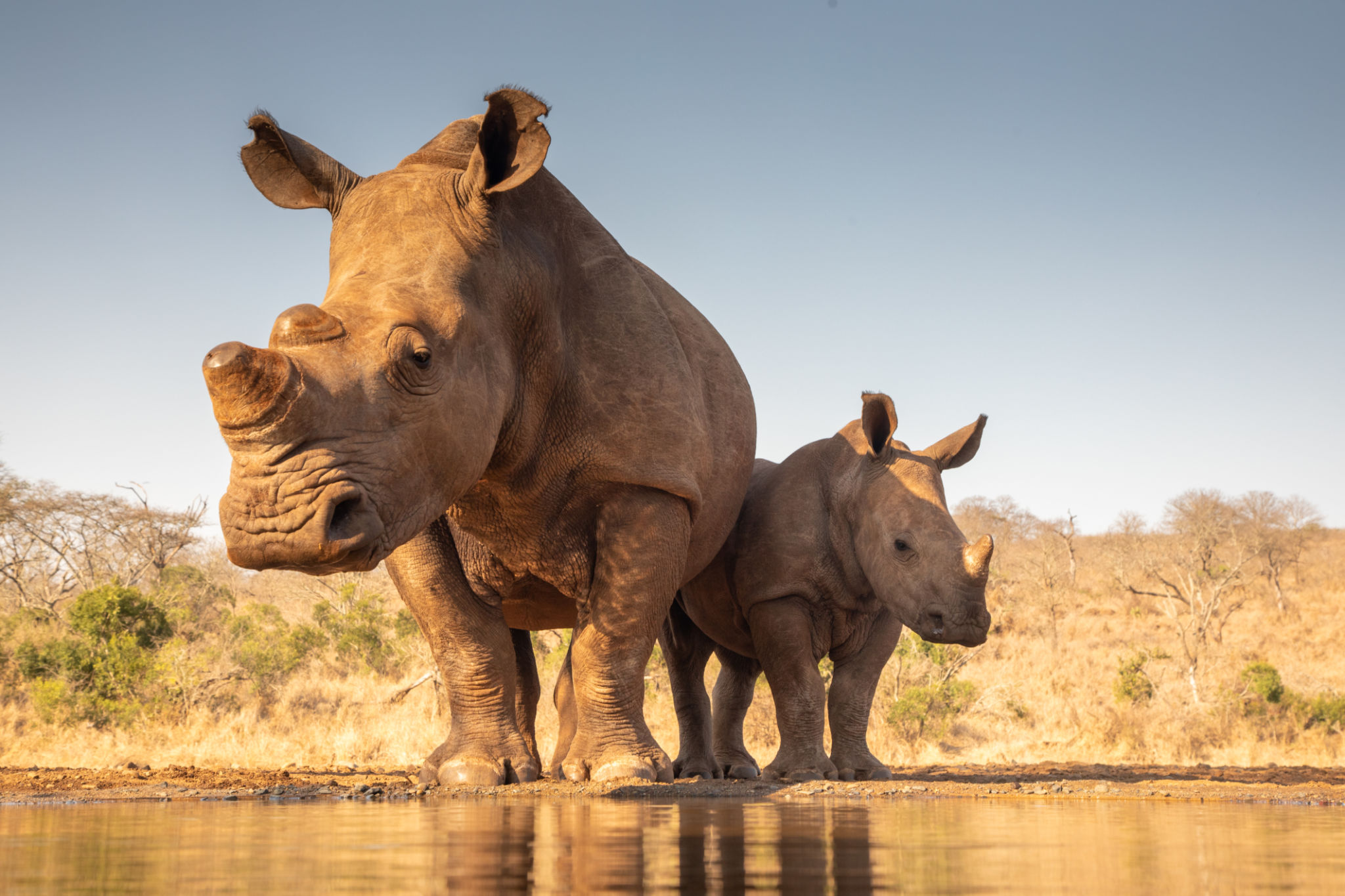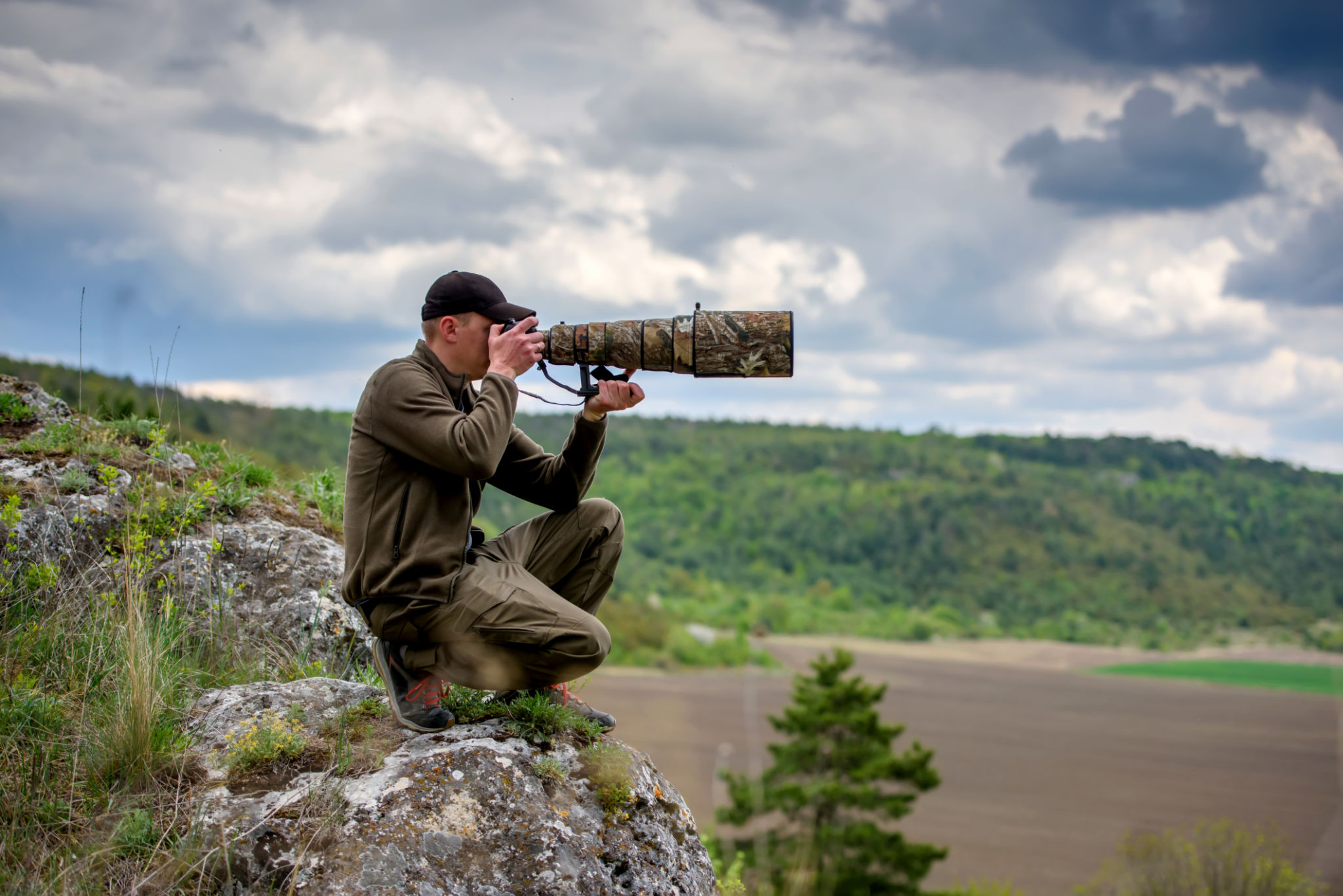Mastering Wildlife Photography in South Africa: Tips from Art by AlliM
Exploring the Richness of South African Wildlife
South Africa is a veritable paradise for wildlife photographers. From the Big Five to the diverse bird species, the country's vast landscapes offer unparalleled opportunities to capture nature in its rawest form. Whether you are a seasoned photographer or a beginner eager to explore this fascinating genre, South Africa provides a stunning backdrop for your wildlife photography adventures.
The key to mastering wildlife photography in South Africa lies not only in finding the right locations but also in understanding the behavior of the animals you are photographing. By gaining insights from experts like Art by AlliM, you can elevate your photography skills and create images that tell compelling stories.

Essential Equipment for Wildlife Photography
Having the right equipment is crucial for capturing high-quality wildlife images. While a good camera body is important, lenses are often the game-changers in wildlife photography. A telephoto lens, for example, allows you to photograph animals from a distance without disturbing them. Art by AlliM recommends investing in lenses with a focal length of at least 300mm.
Besides lenses, consider using a sturdy tripod to stabilize your shots, especially during low-light conditions. A remote shutter release can also be beneficial to avoid camera shake. Don't forget extra batteries and memory cards to ensure you don't miss out on any action.

Understanding Animal Behavior
One of the most important aspects of wildlife photography is understanding animal behavior. This knowledge not only helps in predicting animal movements but also ensures ethical photography practices. Spend time observing your subjects from a safe distance and learn their habits and routines.
Art by AlliM emphasizes the importance of patience. Animals are unpredictable, and waiting patiently can lead to unique opportunities to capture those perfect moments. Learning about the specific species you plan to photograph can provide invaluable insights into their behavior patterns.
Mastering Composition and Lighting
A well-composed photograph can make a substantial difference in how your wildlife images are perceived. Consider the rule of thirds to create balanced and engaging compositions. Position your subject off-center for a more dynamic image.

Lighting plays a crucial role in photography. The golden hours—just after sunrise and before sunset—offer soft lighting ideal for capturing stunning wildlife images. During midday, when light is harsher, try photographing animals in shaded areas or use backlighting techniques to create silhouettes.
Post-Processing Tips
Post-processing is an integral part of digital photography, enhancing your images while maintaining their natural essence. Basic adjustments such as cropping, exposure correction, and color balance can significantly improve your photos.
Art by AlliM suggests using software like Adobe Lightroom for its user-friendly interface and powerful editing tools. Remember to keep your edits subtle; excessive manipulation can detract from the authenticity of your wildlife images.

Respecting Wildlife and Nature
As photographers, we have a responsibility to respect wildlife and their habitats. Ethical practices not only protect the animals but also preserve these precious environments for future generations. Always maintain a safe distance from animals and never disturb them for the sake of a photograph.
By following these guidelines and learning from experts such as Art by AlliM, you can master the art of wildlife photography in South Africa. Capturing the beauty of nature through your lens is a rewarding experience that connects you with the world in a profound way.
